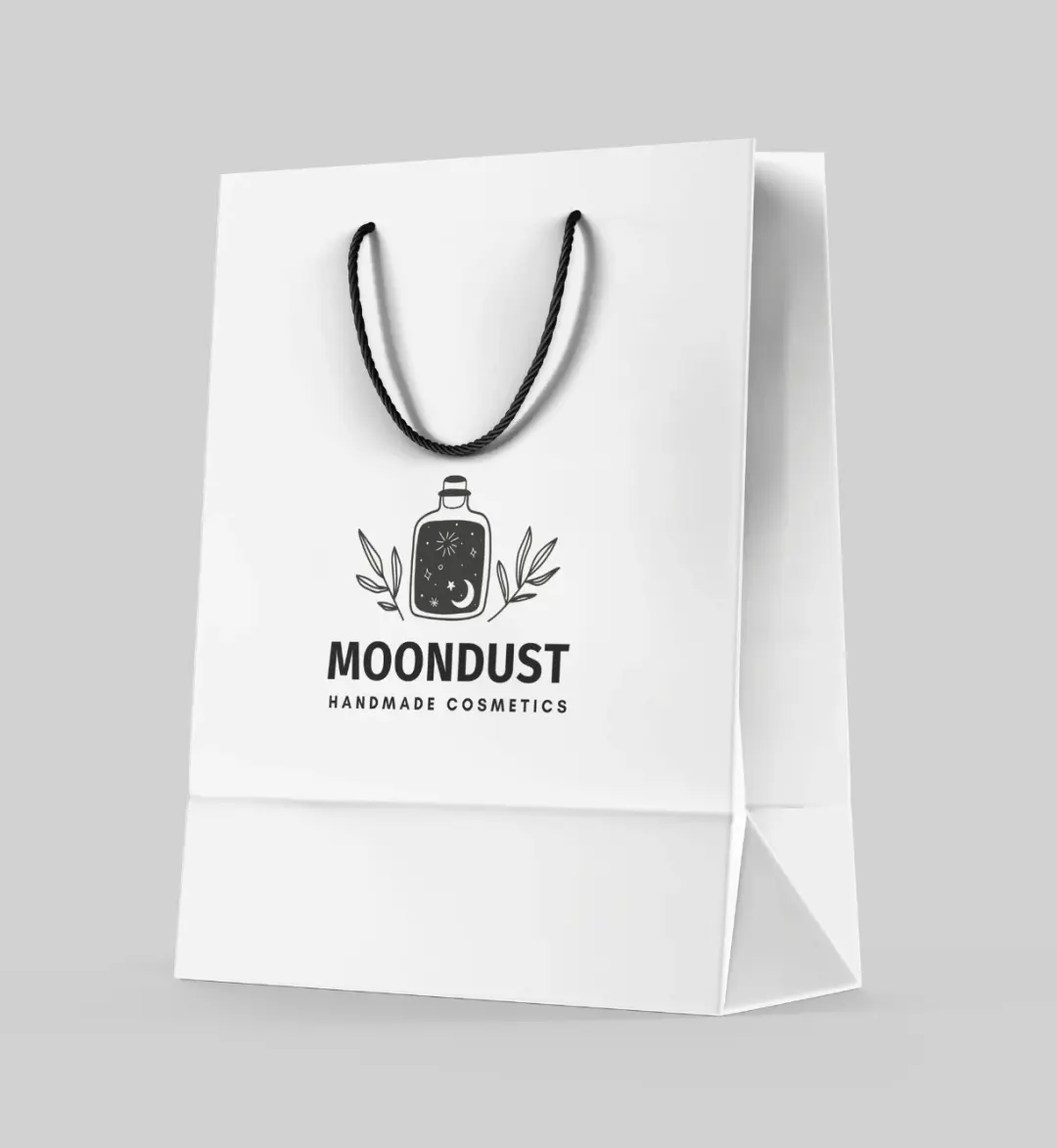Why Printed Paper Bags Are the Future of Eco-Friendly Packaging

Sustainability is no longer a buzzword—it’s a responsibility. From grocery stores to luxury boutiques, businesses are rethinking packaging choices to align with eco-conscious values. Among the many solutions available, printed paper bags have emerged as a powerful alternative to plastics, offering both practicality and brand-building potential.
In this guide, we’ll uncover why these bags are making waves in eco-friendly packaging, how they serve both businesses and the planet, and what the future holds for them.
The Shift Toward Eco-Friendly Packaging
With climate change and environmental concerns at the forefront, consumers are demanding more sustainable packaging. Plastic bans in many regions have accelerated this transition. Businesses are realizing that eco-friendly packaging isn’t just about compliance—it’s about building trust and loyalty with environmentally aware customers.
Why Printed Paper Bags Are Gaining Popularity
Printed paper bags are more than just carriers; they’re a statement of a brand’s values. Unlike generic packaging, these bags combine functionality with aesthetics.
Benefits at a glance:
-
Eco-friendliness: Made from biodegradable and recyclable materials.
-
Custom branding: Logos, taglines, and designs can be printed directly.
-
Durability: Modern paper bags are surprisingly strong and reusable.
-
Customer experience: They give buyers a premium, eco-conscious feel.
Printed Paper Bags and Brand Identity
Every brand needs visibility, and packaging plays a huge role. Printed paper bags transform every customer into a walking advertisement.
-
For retailers: A boutique logo on a stylish paper bag enhances brand recall.
-
For events: Customized designs create memorable experiences for attendees.
-
For restaurants: Branded takeaway bags make deliveries more professional.
It’s marketing and sustainability rolled into one.
The Role of Printed Paper Bags in Reducing Plastic Pollution
Plastic bags take centuries to decompose and often end up polluting oceans and harming wildlife. Printed paper bags, on the other hand, decompose naturally and can even be recycled into new products.
By switching to paper, businesses contribute to:
-
Lower landfill waste.
-
Reduced carbon footprint.
-
A healthier ecosystem for future generations.
Innovations in Printed Paper Bag Designs
Eco-friendly doesn’t mean boring. Designers and manufacturers are pushing creative boundaries with:
-
Textured finishes for a luxury appeal.
-
Soy-based inks that are safe and vibrant.
-
Die-cut handles and rope handles for style and strength.
-
Reusable coatings that enhance durability without harming recyclability.
These innovations prove that green packaging can also be stylish.
Printed Paper Bags: Cost-Effective Sustainability
A common misconception is that sustainable packaging costs too much. In reality, bulk production of printed paper bags makes them affordable, especially when weighed against their marketing value.
-
Bulk orders lower unit costs.
-
They eliminate the need for additional branding material.
-
Customers often reuse them, extending brand visibility.
Industries Benefiting the Most from Printed Paper Bags
While all businesses can adopt them, some industries particularly thrive:
-
Retail & fashion: Ideal for enhancing shopping experiences.
-
Food & beverage: Perfect for takeaways, bakeries, and cafes.
-
Corporate gifting: Adds a touch of class to branded merchandise.
-
Events & exhibitions: Functional giveaways that showcase brand identity.
Challenges in Adopting Printed Paper Bags
Despite their advantages, businesses may face a few challenges:
-
Weather sensitivity: Paper bags can weaken in heavy rain without protective layers.
-
Weight limits: They may not carry as much load as heavy-duty plastics.
-
Initial costs: Slightly higher than single-use plastic bags.
However, ongoing innovations are addressing these issues, making paper bags more versatile.
Future Trends in Eco-Friendly Packaging
Printed paper bags are just the beginning. Future packaging trends include:
-
Plant-based packaging materials like bagasse and bamboo.
-
Reusable hybrid designs blending durability with eco-friendliness.
-
Smart packaging with QR codes and augmented reality for engagement.
-
Minimalist aesthetics focusing on simple, eco-conscious branding.
How Businesses Can Transition Smoothly
Switching to paper bags doesn’t have to be overwhelming. Here are steps to make it seamless:
-
Start with a pilot program in select outlets.
-
Collaborate with reliable suppliers for customization.
-
Educate customers about the eco-friendly initiative.
-
Gradually phase out plastics to avoid sudden disruptions.
This approach ensures both operational efficiency and customer buy-in.
Conclusion: The Future Is in the Bag
As sustainability becomes central to consumer choices, businesses must align their packaging strategies with eco-friendly practices. Printed paper bags offer the perfect balance between environmental responsibility and brand visibility. They aren’t just carriers—they’re conversation starters, brand promoters, and a step toward a greener future. For companies ready to embrace change, these bags are not just a trend but a long-term solution.
FAQs
What are creative ways to reuse leftover wrapping paper?
You can repurpose it into bookmarks, origami, or decorative drawer liners.
How can children use wrapping paper scraps for fun projects?
They can create greeting cards, collages, or DIY party decorations.
Is glossy or metallic wrapping paper recyclable?
Most glossy and metallic papers aren’t recyclable, but kraft or plain wrapping paper usually is.
What are eco-friendly alternatives to traditional gift wrap?
Fabric wraps, reusable gift bags, and recycled kraft paper are great options.
Can wrapping paper be customized at home?
Yes, you can stamp, paint, or draw designs to make it unique.
What’s the best way to store wrapping paper rolls?
Store them upright in bins, under-bed organizers, or hanging garment bags.
Are there cultural traditions in wrapping gifts?
Yes, Japan’s Furoshiki wrapping with cloth is both traditional and eco-conscious.
How do you make simple wrapping look premium?
Enhance it with ribbons, wax seals, or handwritten notes.
Can wrapping paper be reused for multiple occasions?
Yes, carefully unwrapped paper can be flattened and reused.
What digital tools can help design personalized wrapping paper?
Platforms like Canva and online print services allow custom designs easily.







